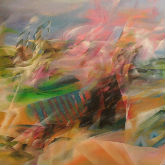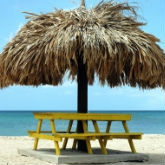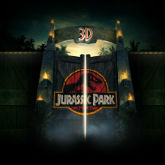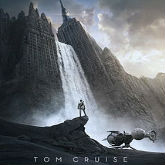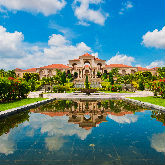
Are you into nature and wildlife photography? If so, grab your camera gear and head to Kilim Karst Geoforest Park on Langkawi. There’s lots to photograph in the park, which covers approximately 100 square kilometres of the island’s north-east tip.
Anybody who’s enthusiastic about viewing and photographing wild animals in their natural habitat knows that high quality nature documentaries, produced for the likes of the BBC and National Geographic Channel, have raised the bar in terms of people’s image expectations.
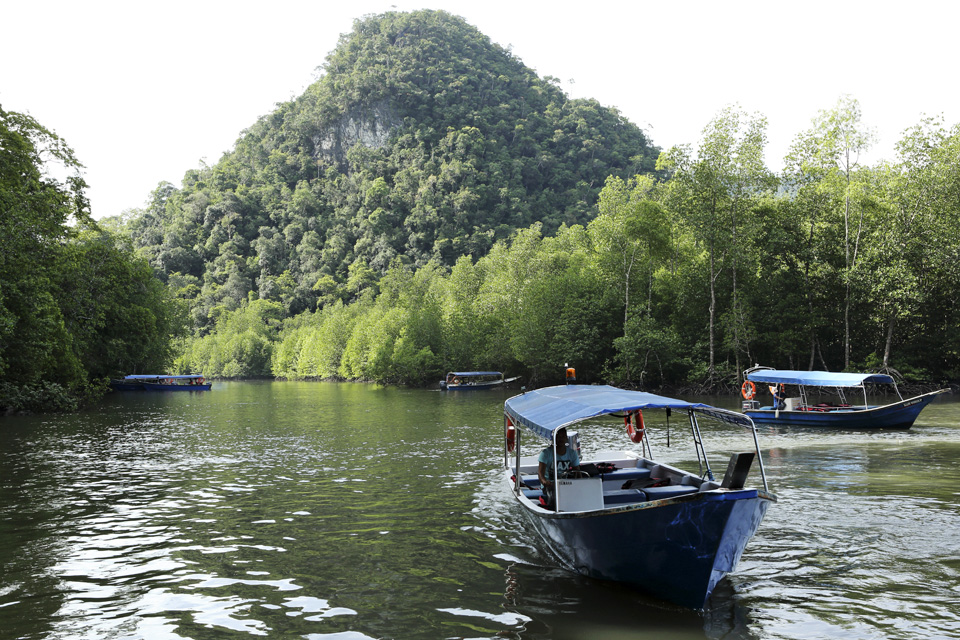
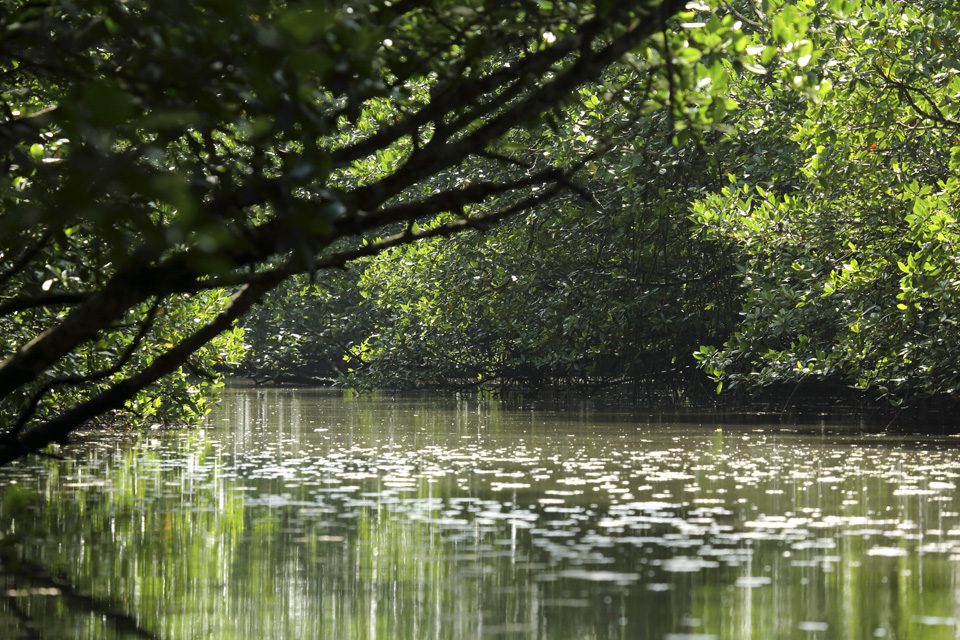
Return home from a trip into a jungle without a jaw dropping image of a predator going in for the kill and people tend to think you’re some kind of fraud. The reality is, it’s tough to capture such action—it’s rarely viewed by human eyes.
Feel free to remind detractors that those hour-long documentaries often take an entire year to film. The crew sit for days in their hide waiting for things to happen. Don’t forget, most travellers have just a couple of hours to capture images.
Be on the look out for scenic shots
To get an overview of Kilim Karst Geoforest Park take a guided boat tour along the placid waterways between the dense mangroves. Stay alert during tours and you may well spot pythons basking between the roots.
Don’t forget to use the opportunity to capture some scenes of the park itself. Jagged limestone peaks provide a dramatic backdrop.
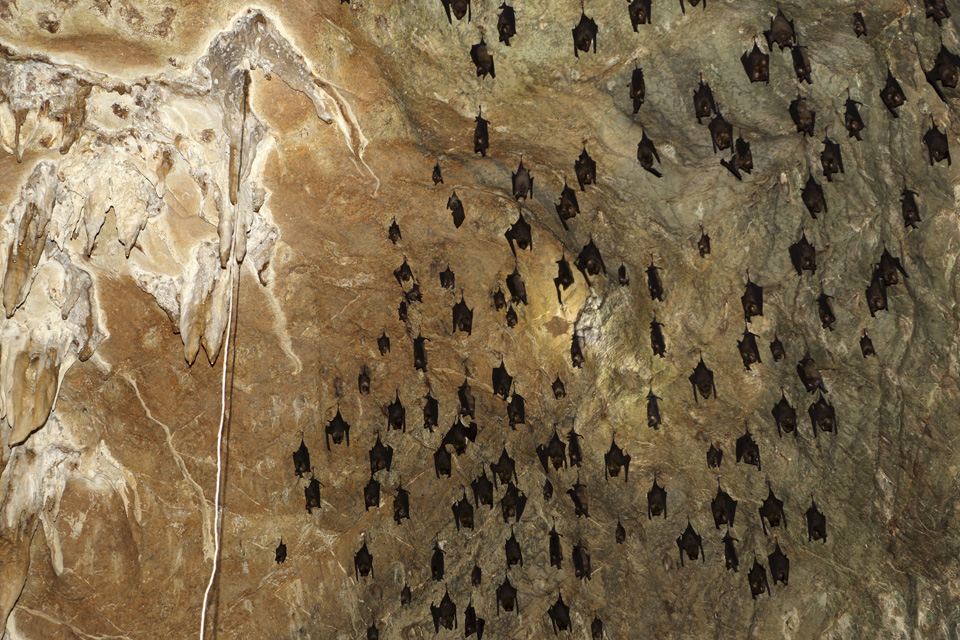
Use your camera’s aperture priority function so that you can photograph images of the waterways with a broad depth of field. Note how photos taken with a high f-number show more of the landscape in focus than those taken with a low f-number. Don’t be afraid to experiment. Scrutinise and learn from the results on your computer screen later.
Photographing wildlife
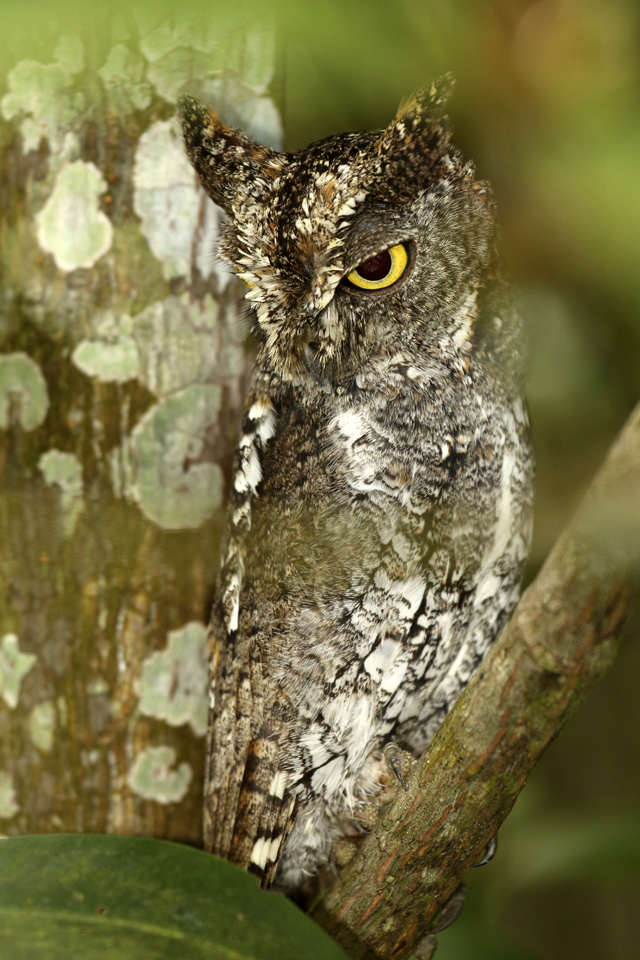
Travel times
Animals and birds tend to be most active around sunrise and sunset, so you might find it beneficial to travel as close to those times as is possible.
Tours of the caves only give you a couple of minutes to grab images of roosting bats. That doesn’t leave you with enough time to set up a tripod to capture atmospheric photos.
Flash, lenses, and friendliness
Some naturalists would argue you shouldn’t use a flash when photographing animals. So what can you do? Try boosting your ISO and keep your aperture as open as is possible (in other words keep your f-number low).
There’s a myth that great wildlife photographs require long tele-zoom lenses. Of course, high quality equipment helps increase the likelihood of you capturing an outstanding image but lenses of around 300mm are perfectly adequate for much of what you’ll see.
Outside there’s every chance you’ll see macaques playing in the trees. They are accustomed to humans and blasé about people pointing cameras in their direction. You can, essentially, walk right up to them the same way you’d photograph a group of friends.
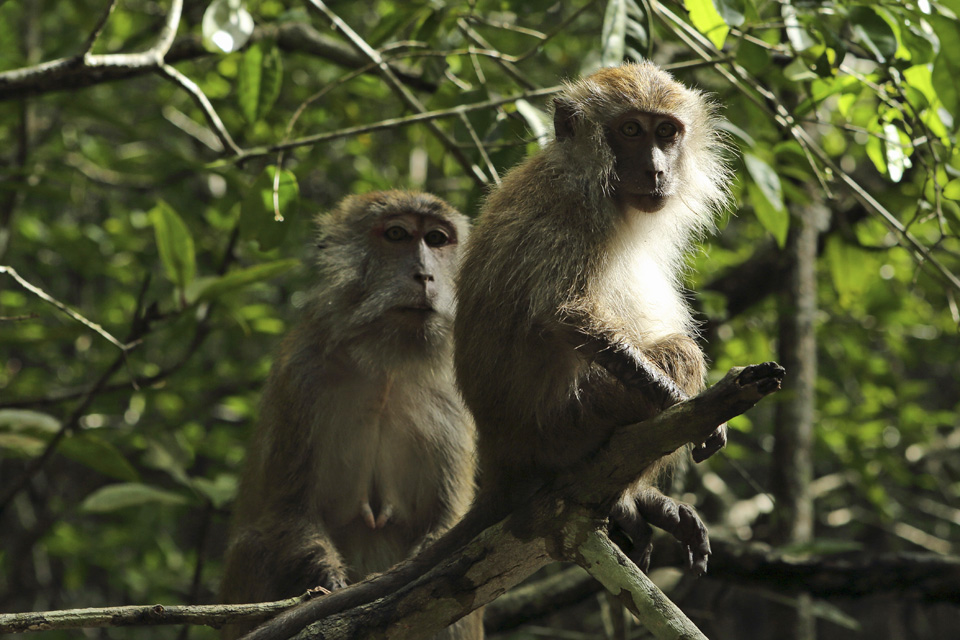
Capturing moving animals
As you’ll be moving on a boat keep your ISO to a medium level, say 400, and your aperture relatively open (for example, f-4 or f-5.6). Doing so increases the chance of you capturing shake-free photos of birds and animals.
With a bit of luck you might capture an outstanding image of a breaching dolphin or a bird of prey swooping for fish. Boats, though, are notoriously tricky platforms from which to photograph. Just as you’re about to release the shutter the vessel could rock or turn.
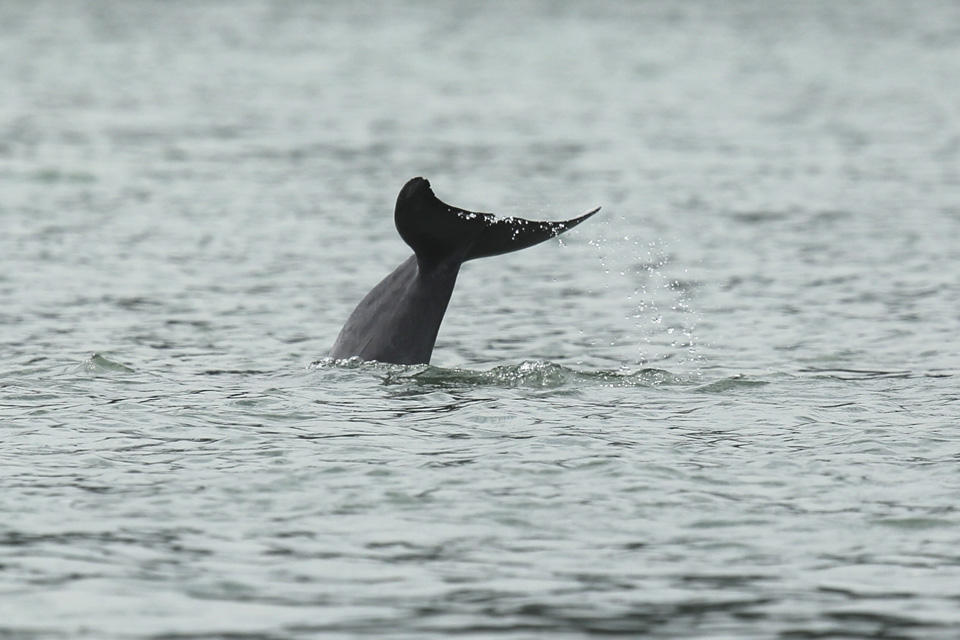
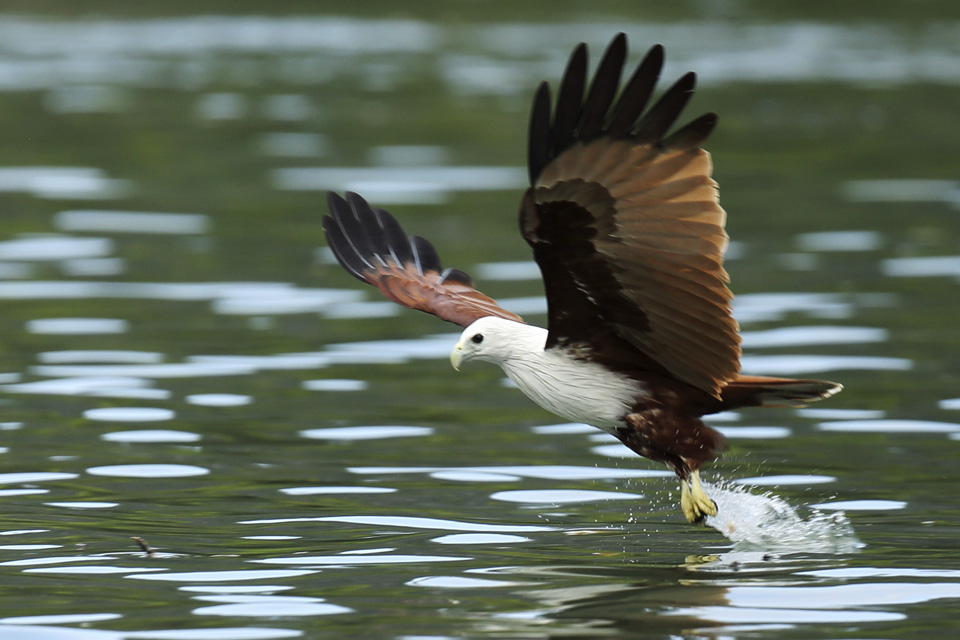
The naturalist guiding you might show you jellyfish or other marine life. Being in a boat means you may be able to draw within just a few metres of rare birds resting in the mangrove forest. Ask before using a flash. If you’re permitted to use one you’ll be able to bring out the colours of the plumage.
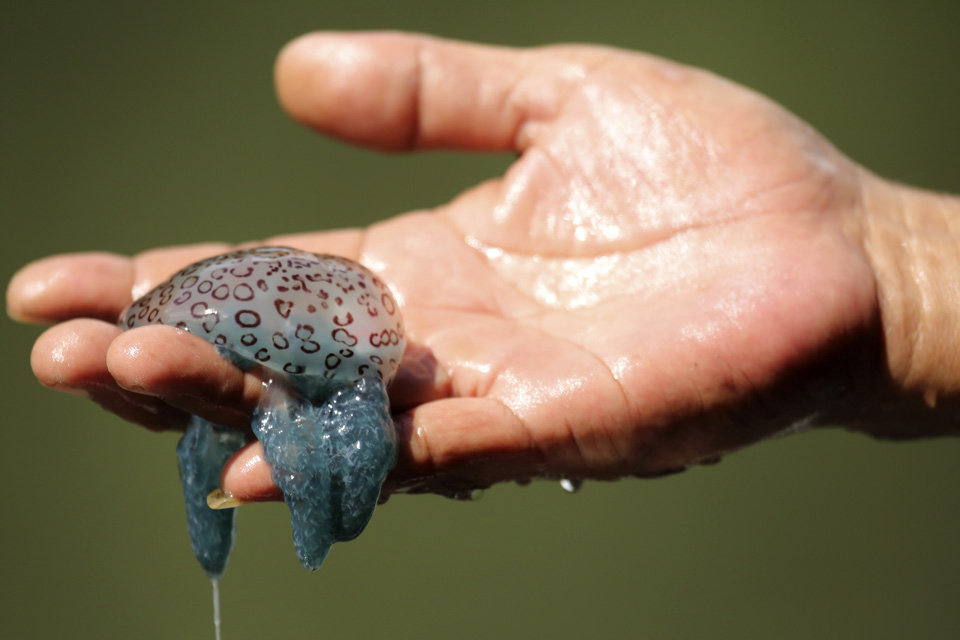
The camouflage of the tiny oriental scops owl means it blends well with the backdrop. If it doesn’t open its eyes you may well fail to spot it.
Enjoy the tour!
"ExpatGo welcomes and encourages comments, input, and divergent opinions. However, we kindly request that you use suitable language in your comments, and refrain from any sort of personal attack, hate speech, or disparaging rhetoric. Comments not in line with this are subject to removal from the site. "




